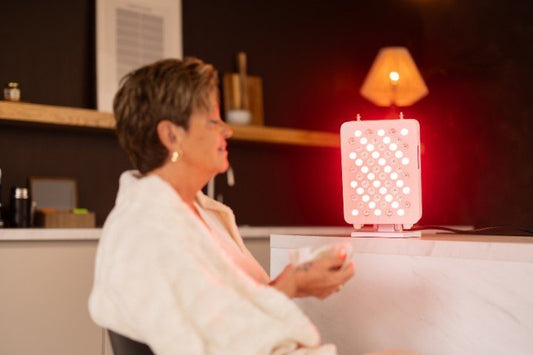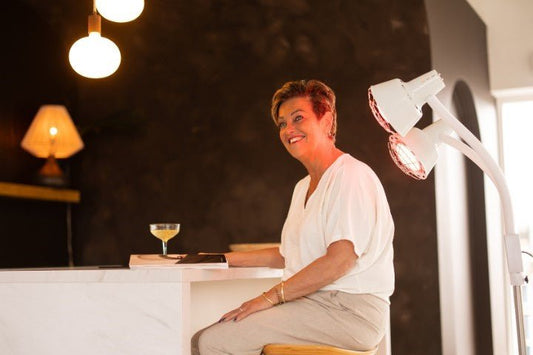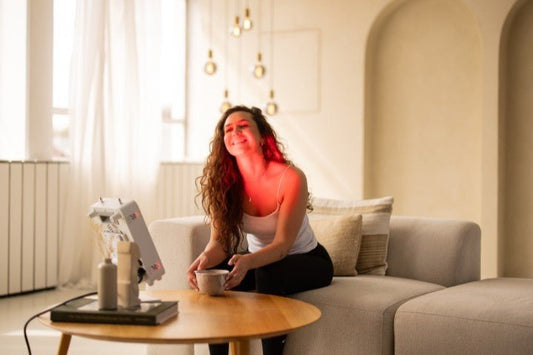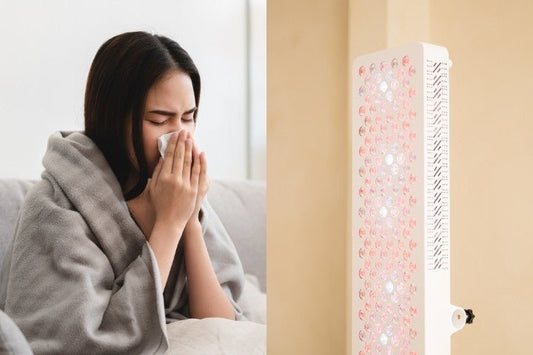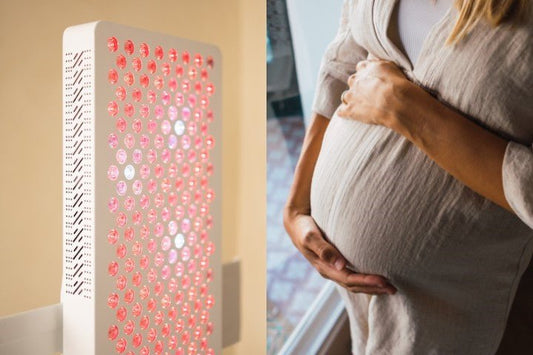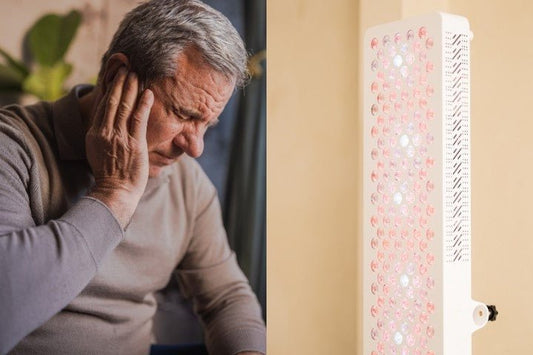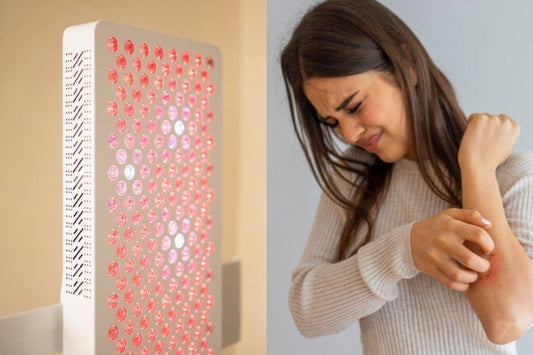Table of contents

Causes of poor sleep
Poor sleep can be caused by various factors. Think of stress, an irregular sleep pattern, or too much screen time right before bedtime. But what is often forgotten is that the light in your bedroom has a major influence on your sleep cycle . Your body is sensitive to light and certain types of light can keep you awake, while others can help you fall asleep faster.
How does light affect your sleep?
Light is essential for your circadian rhythm , the internal clock that controls your sleep-wake cycle. This rhythm makes you sleepy when it’s dark and keeps you alert during the day. Light gives your brain important signals to control this rhythm.
Normally, your body follows the pattern of sunrise and sunset. But artificial light sources, such as phones and lamps, disrupt this natural rhythm . This can cause sleep problems, making it difficult to fall asleep at night and feeling tired during the day.
Too much light at the wrong times can disrupt your biological clock and thus affect your health , with risks such as sleep deprivation and reduced concentration.

What color light for sleeping?
The lighting in your bedroom affects your biological clock and how well you fall asleep. What color light should you choose? We discuss the two main options: red and blue light.
Red light in bedroom
Red light is an excellent choice for the bedroom because it has a calming effect and stimulates the production of melatonin. This hormone regulates your sleep-wake cycle and helps you fall asleep. Sleeping with red light makes your body relax and less alert, which helps you fall asleep faster.
Red light therapy also plays a role here. This therapy is often used to improve sleep quality and promote relaxation. Red light therapy focuses on using specific wavelengths of red light to promote cell activity in your body. It not only helps regulate your sleep pattern, but can also contribute to muscle recovery and pain relief.
Benefits of red light
- Increases melatonin production
- Calming and relaxing effect
- Helps restore a natural sleep rhythm
- Supports physical recovery during sleep
Incorporating red light into your bedroom, for example by using lamps or special red light panels, can contribute to a better night's sleep and even improve your overall health.

Blue light in bedroom
Blue light, on the other hand, is exactly what you want to avoid if you want to get a good night’s sleep. Blue light, which is common in phone and computer screens, suppresses the production of melatonin . This keeps your body alert for longer and disrupts your biological clock. As a result, you have a harder time falling asleep and your sleep quality decreases.
Why avoid?
- Disrupts melatonin production
- Slows down your sleep-wake cycle
- May lead to sleep problems and daytime fatigue
Limiting blue light in the evening can improve your sleep routine and increase your sleep quality.

Scientific substantiation
- In a small 2012 study, researchers examined the impact of red light therapy on 20 female athletes. Participants were randomized to receive 30 minutes of red light therapy every night for 14 days. Compared to the placebo group, which received no light therapy, the athletes saw improvements in their sleep quality , melatonin levels, and endurance.
- Another small-scale study from 2017 suggested that the color of light plays an important role in falling asleep , with personal preference also making a difference in which color works best.
While these results are encouraging, more research is needed to better understand the exact influence of red light on sleep.

Tips to fall asleep faster
If you have trouble sleeping, these tips may help:
- Create a regular routine : By going to bed at the same time every day, you train your body to get tired at that time.
- Limit screen use in the evening : Try to put your phone or laptop away at least an hour before bedtime.
- Use soft lighting : Avoid bright lights and use dim lights or nightlights to prepare your body for the night.
- Consider meditation or breathing exercises : Relaxation techniques help your body calm down.
Conclusion: Red light for better sleep
If you are wondering what color light is best for sleeping, red light is the clear winner . It calms your body and helps restore your natural sleep rhythm. With red light in the bedroom or using red light therapy, you can significantly improve your sleep.
Blue light, on the other hand, should be avoided as much as possible , especially just before bedtime.








